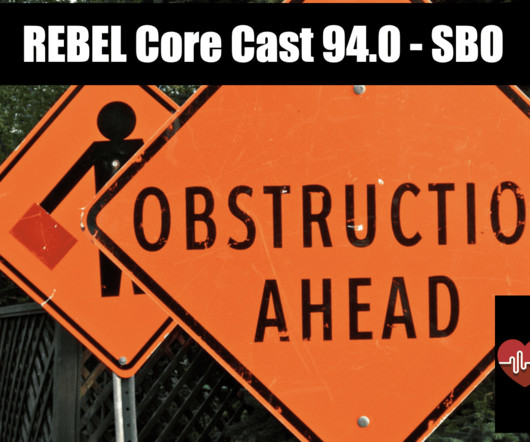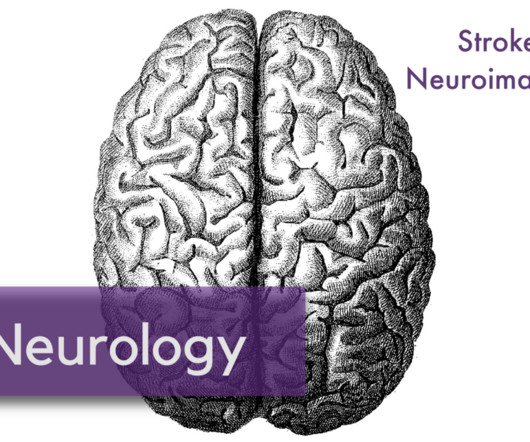ECR: 3 tips for developing a successful cardiac imaging practice
AuntMinnie
FEBRUARY 29, 2024
He noted that in 2019, the European Society of Cardiology issued updated guidelines for diagnostic imaging of coronary artery disease (CAD), recommending noninvasive imaging (i.e., years of follow-up compared with CT imaging (2.1% Gutberlet emphasized that obtaining certifications is part of succeeding in cardiac imaging.












Let's personalize your content